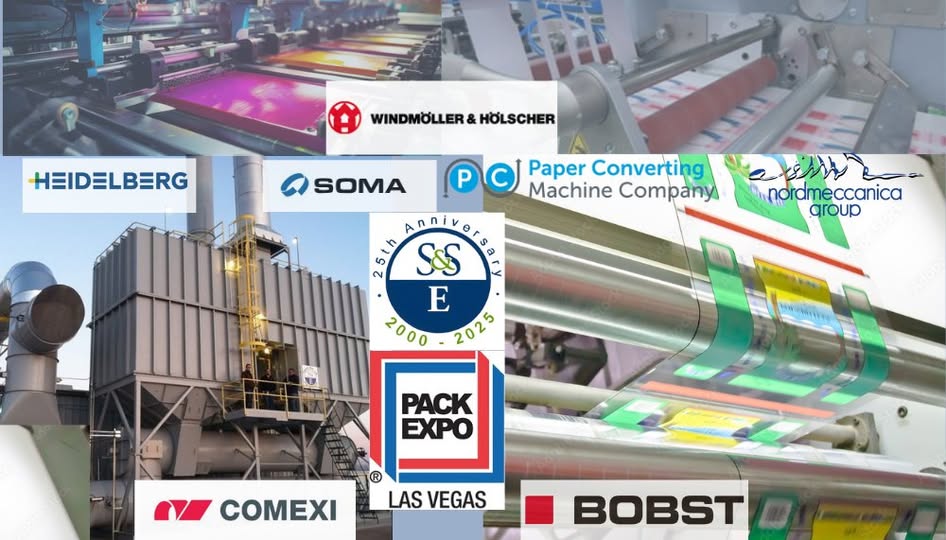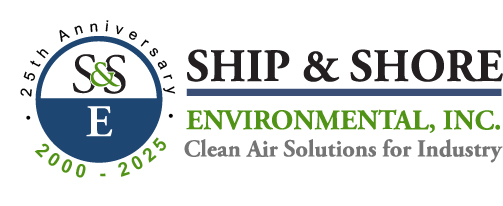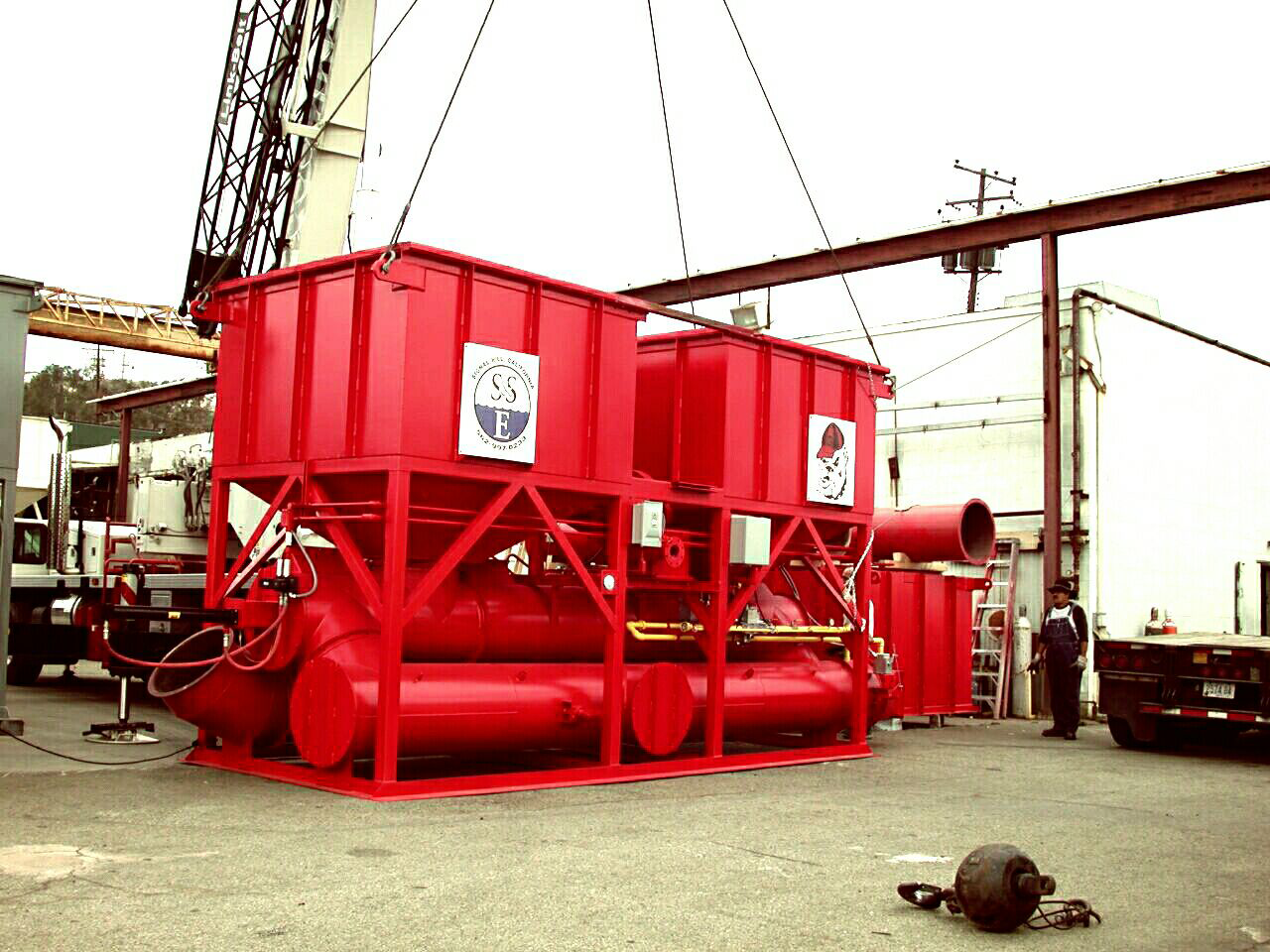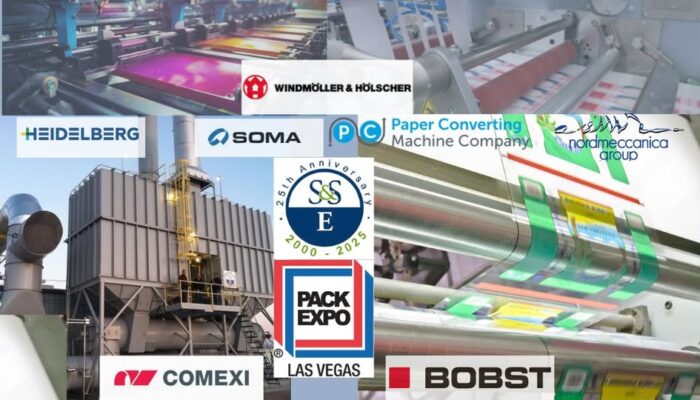
#TechTalk: From Ink to Air – Transforming the Packaging Industry with Clean-Tech
September 10, 2025 9:20 am#TechTalk: From Ink to Air – Transforming the Packaging Industry with Clean-Tech
September 10, 2025
Packaging is more than just a protective shell—it is vital for branding, consumer appeal, and product preservation. From glossy food wrappers to pharmaceutical cartons, packaging is inseparable from modern life. Yet, its production carries environmental responsibilities that the industry cannot overlook.
The Hidden Environmental Cost of Packaging
Behind every colorful package lies a complex process involving printing, laminating, and coating. These often use solvent-based inks and adhesives that release Volatile Organic Compounds (VOCs) and Hazardous Air Pollutants (HAPs). When VOCs react with nitrogen oxides in sunlight, they form ground-level ozone—a key contributor to smog that harms both the environment and public health. Some solvents are carcinogenic, requiring strict emission controls.
Equipment like corona treaters, used to enhance ink adhesion, generate ozone that is highly corrosive to plant systems and harmful to workers if untreated.
Why Emissions Control Matters
Federal, state, and local agencies mandate VOC and ozone controls under the Clean Air Act. Compliance ensures not just legal adherence, but safer workplaces, healthier communities, and sustainable operations.
Regenerative Thermal Oxidizers (RTOs): The Industry Standard
RTOs are the preferred solution for VOC and ozone abatement in printing and packaging. Operating at 1450–1500°F, they break down pollutants into harmless carbon dioxide and water vapor.
Key Benefits of RTOs:
- 98–99%+ destruction efficiency of VOCs and HAPs.
- Up to 97% thermal efficiency, minimizing natural gas use.
- Long service life with lower maintenance demands.
- User-friendly automation with PLC/HMI control.
- Operational savings that offset capital costs.
Engineering Smarter Systems
The effectiveness of an RTO depends on its air collection and ducting system. Poor design can lead to oversized units, wasted energy, and compliance risks. Advanced strategies—such as Permanent Total Enclosures (PTEs), targeted ducting, airflow recirculation, and T-Damper isolation—help optimize efficiency and reduce treatment of unnecessary fresh air.
Combining VOC and ozone abatement ensures full compliance. This may involve integrating ozone capture within RTOs or using catalytic systems with corrosion-resistant ducting for durability.
Toward a Cleaner Packaging Future
The packaging industry must balance consumer needs with environmental responsibility. By adopting advanced abatement technologies and engineered systems, companies can meet strict air-quality standards, protect worker health, and operate more efficiently.
With smart engineering and a commitment to sustainability, the industry can continue to thrive while keeping the air we breathe clean.
Contact us at +1 (562) 997-0233
Email: service@shipandshore.com
Categorised in: #CleanAirSolutions, #MadeInAmerica, #VOC Control, 25Years of S&SE, Ship & Shore, Technical, TechTalk, ThermalOxidizer, VOC Abatement


